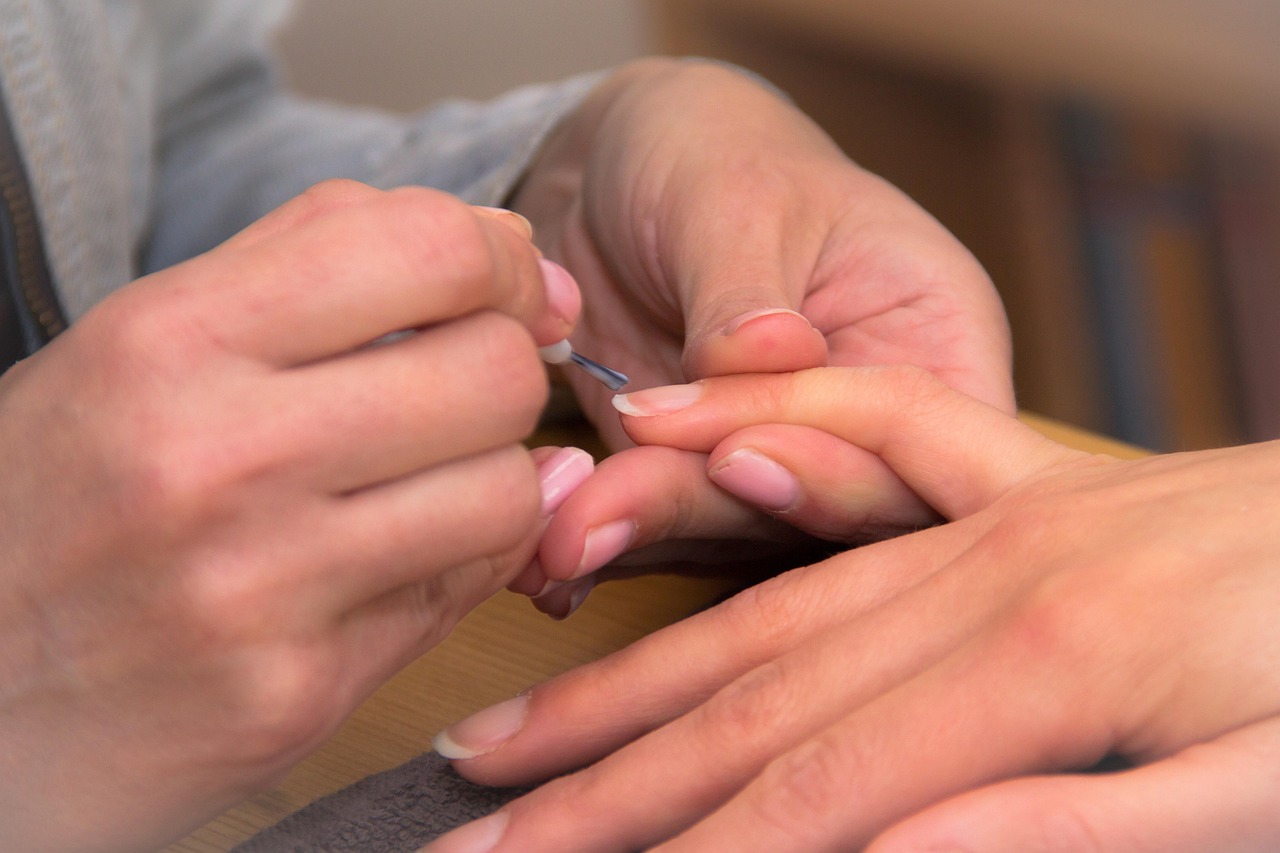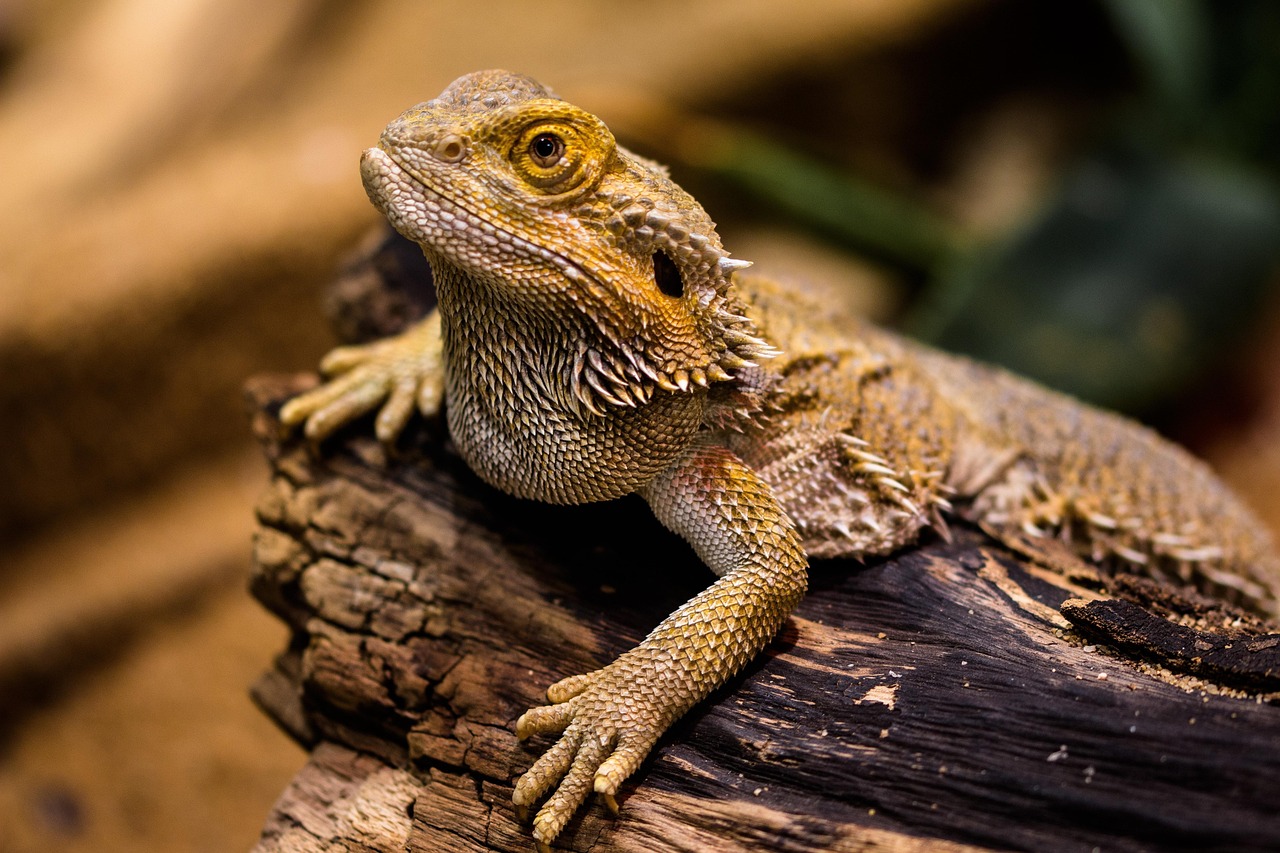Quick, Calm, Cat-Friendly Nail Trims
Short, stress-free steps to trim your cat’s nails quickly and safely without drama, yelling, or a vet trip. Perfect for nervous cats and busy owners who want fast, confident trims. You’ll learn calm cues, simple tools, safety points and timing.
What You’ll Need (Simple and Minimal)
Effortless Cat Nail Trims: No Struggles with the Anti-Scratch Restraint Wrap
Pick the Right Moment: Timing Trumps Toughness
Five calm minutes after play or a nap beat a wrestling match — seriously.Choose a quiet, familiar time when your cat is relaxed — right after a nap or following a vigorous play session works best. Avoid trimming when they’re overstimulated, hungry, or mid-exploration.
Keep sessions short and focused. Aim for 3–5 minutes and plan to do only a few nails if needed; stop before your cat becomes restless.
Create a calm environment: low noise, soft lighting, and no sudden interruptions. Put your phone on silent, close the door, and sit where your cat already likes to hang out.
If your cat has a consistent routine, tie trimming into that routine so it becomes predictable and less threatening.
Assemble Your Kit: No Fancy Gear Required
Clippers, treats, and a towel — skip the gimmicks and keep it simple.Gather the few things you need before you start so you stay calm and focused.
Keep everything within arm’s reach so you don’t have to leave your cat mid-session.
Acclimate Your Cat: Handle Paws Before Cutting
What if nail trims felt like pets and snacks? That’s the goal.Spend days building paw comfort. Gently stroke your cat’s legs, lift each paw, and press the toe pads until they’re used to the sensation. Reward every calm response with treats and praise right away.
Practice short, “fake” sessions where you only hold a paw, press the pad, and immediately reward — no cutting. Keep sessions brief and regular.
Stop if your cat gets upset, then try again later.
Positioning & Gentle Restraint: Comfort First
You don’t need a wrestling championship hold—comfort and control win every time.Choose between lap, tabletop, or towel “burrito” methods based on your cat’s temperament. Sit with calm energy.
Sit and hold: place the cat on your lap with its chest against your body. Hold gently and press the toe pads to reveal claws. Example: tuck the cat’s shoulder under your arm and cradle a hindquarter with your knee.
Use a helper for two-person trims: have them support and soothe while you trim quickly and confidently.
Wrap and expose: swaddle a squirmy cat in a towel burrito, leaving one paw free at a time. Example: roll the towel snugly, pop out one paw, trim, then rotate.
Keep movements slow and predictable. Never force a paw. Talk soothingly, pause when your cat tenses, and resume only when relaxed.
Cutting Technique: Fast, Precise, and Safe
Cut quick, keep the pink — you’re trimming nails, not starring in a horror movie.Identify the quick (the pink area) on light-colored nails and cut only the clear crescent at the tip. Example: stop when you see a small white triangle — don’t go deeper.
Hold the clipper at a slight angle and make a swift, decisive cut. Make small clips rather than big chops to reduce bleeding risk.
Trim front paws first — cats usually tolerate these better — then pause and re-evaluate.
Apply styptic powder immediately if you hit the quick, then soothe your cat with gentle petting and a tasty treat.
Count nails methodically so none are missed.
Finish & Maintain: Reward, Check, and Schedule
Five-minute finish ritual that makes next time a breeze.Praise and reward immediately after trimming to build a positive association. Give a favorite treat, a quick play, or extra chin scratches—make it obvious this was a good thing.
Check paws right away for any bleeding or soreness. Apply styptic powder or cornstarch if you hit the quick and hold gentle pressure for a minute.
Note which nails were difficult and adjust the next session to fewer nails. For example: if Luna fussed after three front nails, do two next time and add one later.
Aim to trim every 2–4 weeks depending on activity and scratching.
Consider gradual desensitization, soft nail caps, or professional grooming for chronically stressed cats.
Keep a simple log (date, notes, problem nails) so trims become predictable and faster.
You’ve Got This — One Paw at a Time
Short, consistent sessions plus positive rewards make trims fast and low‑drama; keep tools handy, stay patient, celebrate small wins — try it, share your results, and keep trimming one paw at a time for a calmer, happier cat starting now.













Okay real talk: my cat HATES nail time and transforms into Houdini. Tried the “acclimate” step for weeks, used a soft voice, treats, music…nothing.
I ended up wrapping him in a towel like a burrito (gently) and clipped two nails quick-fast. Not my proudest parenting moment, but it worked. 😬
Would love tips for super-wiggly cats that won’t let you touch their paws at all.
Is there any chance your cat is in pain when you touch the paws? My cat hated paw handling because of arthritis — once that was treated, trimming got way easier.
Thanks everyone — hadn’t thought about pain. I’ll observe more closely and maybe book a quick vet check. ❤️
Thanks for being honest, Nina — burrito-wrap can be okay when done gently. For very wiggly cats, try breaking sessions into 1-2 nail attempts, use a soft towel and ask a friend to help gently hold the shoulders (not the neck). Also, consider a vet tech session to model calm handling.
I had a Houdini too. Worked with a groomer once to learn technique — pro modeling made a huge difference. Also: pheromone sprays on the towel calmed my guy.
This guide was a lifesaver for me — finally trimmed Milo’s nails without him turning into a tiny demon. I especially liked the “Pick the Right Moment” tip. Waiting until he was sleepy made all the difference.
Step 3 (acclimate your cat) took longer than I thought, but worth it. I also used the reward idea in Step 6 and gave treats after each paw — now he actually comes when he sees the clippers. 😅
One thing I’d add: mention clipping just a bit more if you see a darker quick — I learned the hard way not to go too deep.
Great to hear it worked with Milo, Maya! Thanks for the quick tip about darker quicks — we’ll add a note recommending small incremental snips and a flashlight for tricky nails.
Same here. I usually do one paw per nap and call it a day. Less stress for both of us.
Yesss this — my cat’s nails are so dark I use a magnifying glass and really small clippers. Patience is everything. 🙂
Love the no-fancy-gear approach. I used to think you needed those guillotine clippers or electric grinders. Nope — simple scissor-style clippers + calm approach did the job.
Couple of notes from my experience:
– Use a towel for the unpredictable ones
– Keep styptic powder nearby just in case
– Clip during cuddle time so it feels less like a separate stressful event
Also, lol — my cat now thinks clippers = massage and swoons. Didn’t see that coming 😂
Ahmed — good tip, but test on one nail first. Some humans clippers can crush rather than cut cleanly.
Noted — we’ll add a warning about using non-specialized clippers and suggest testing first to avoid crushing the nail.
For anyone on a budget, cheap human nail clippers (the ones with the curve) can work in a pinch. Just be careful with the quick.
Thanks for sharing your setup and tips, Ben. The styptic powder reminder is a practical addition — we’ll include that in the Finish & Maintain section.
Same reaction here — mine purrs like crazy during trims now. Surgery not required, just bribery and patience.
Short and sweet: timing + treats = success. Followed Steps 1, 3, and 6 and had no issues. The positioning pics were helpful — saved my fingers lol.
Videos helped me tons — I practiced the hold on a stuffed toy first so I wouldn’t panic when it was real 😂
Glad the positioning tips helped, Oliver. If you ever want a video walkthrough for a tricky hold, let us know and we can add one.
This was helpful, but I would’ve liked a quick checklist printable (one-pager) — steps + items to have nearby. Anyone made their own?
Great suggestion, Samir — a printable checklist sounds useful. I’ll get one drafted for the guide and post it here when it’s ready.
I made a little sticky-note checklist: clippers, towel, treats, styptic, flashlight. Stuck it by the cat bed and it’s been clutch.